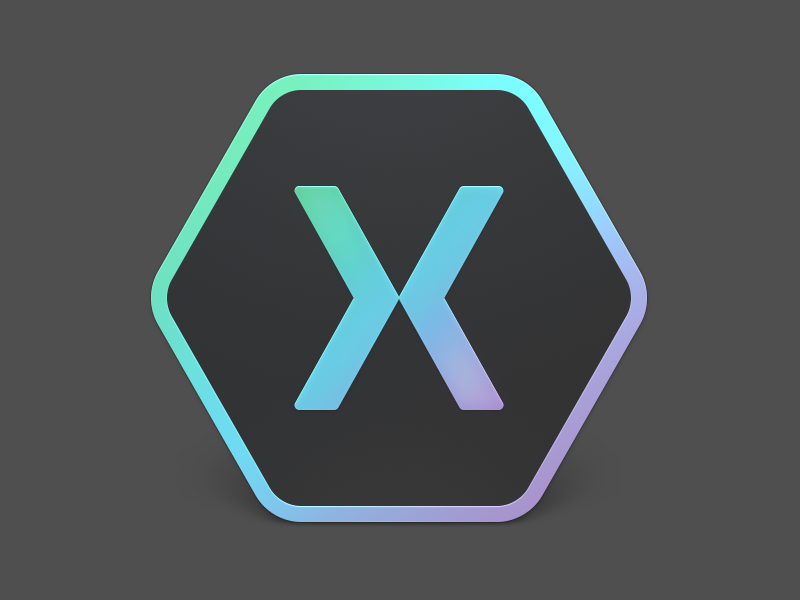


Android Studio has a decompiler built-in but I personally like to have a minimal one on the side. Now that I know how to use this native library, I need to understand how it is built.įor that, there is no better way than to decompile it. With this, I now understand the relationship between every component. This command will prompt the results in the form of a tree view.In the command prompt opening, I type the app:dependencies command.First I open the Gradle within Android Studio and click on the Gradle icon.Obviously, those dependencies should be present in the Xamarin Android project somehow (more on this in an upcoming article).įortunately, there is a quick and easy way to get this list with the Android Studio project created earlier. Dependency treeĪs with NuGet packages, Android native libraries might reference other ones. These URLs will also be useful at the very end of this series to create the building scripts and NuGet packages. Open the sample project in Android Studio.Clear my Gradle dependency cache before running it to force Android Studio to redownload everything.Of course, in case I already have those I skip the following steps.Īs I am a lazy developer, I use a tool like Charles Proxy to get the URL of the native libraries and their dependencies by performing the following steps: To bind a library I need either an aar file or a jar file.

Once I have a working sample, I try to use every method that seems interesting and verify that the project works. Working in Java is easier in my opinion for this than in Kotlin as Kotlin brings additional things that are not necessary. I therefore always create a minimal native sample using the library I want to bind in Android Studio.

When I create a binding library, I want to be sure that any error that occurs, is occurring because the binding created is wrong and not because there is a bug or a misunderstanding with the native library. To help me with that I have installed some tools.


 0 kommentar(er)
0 kommentar(er)
